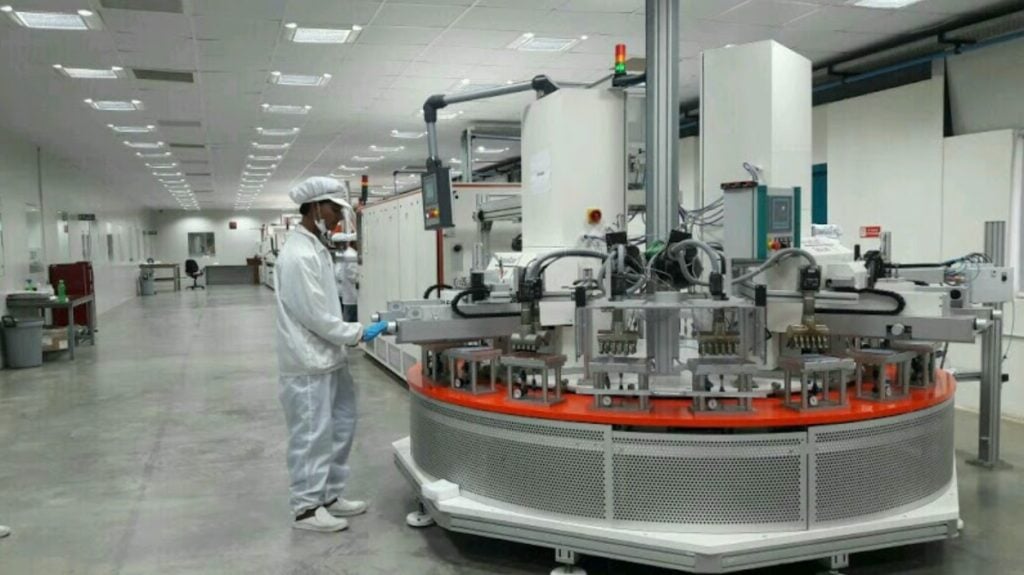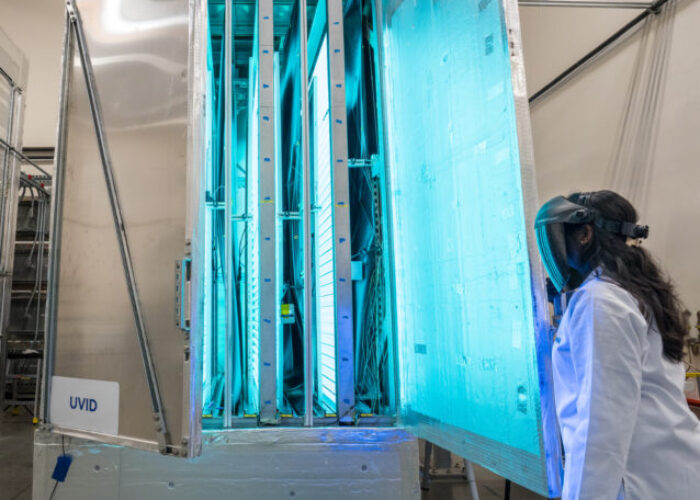
The Indian Ministry of New and Renewable Energy (MNRE) has called for comments on its proposed addition of cells to India’s Approved List of Models and Manufacturers (ALMM).
The request for comments is open to actors from across the Indian solar industry, and they will have until 6 October 2024 to submit their proposals to the MNRE. In addition, the ministry has proposed a number of new rules pertaining to the inclusion of solar cells in the ALMM, which are scheduled to come into force on 1 April 2026.
Try Premium for just $1
- Full premium access for the first month at only $1
- Converts to an annual rate after 30 days unless cancelled
- Cancel anytime during the trial period
Premium Benefits
- Expert industry analysis and interviews
- Digital access to PV Tech Power journal
- Exclusive event discounts
Or get the full Premium subscription right away
Or continue reading this article for free
Under these proposed rules, the MNRE would create a new list of approved cell manufacturers, to mirror the list of approved module manufacturers that has existed in one form or another since 2019. Projects falling under the jurisdiction of the ALMM would then have to source both modules and cells from manufacturers on the ALMM, including projects that have already received ALMM approval for their modules.
Such projects will have to ensure that their cells are sourced from ALMM manufacturers, unless the projects begin commercial operation before the new rules come into force on 1 April 2026. In addition, modules that are already on the ALMM will have to use solar cells from other ALMM manufacturers before being deployed, or risk de-listing from the ALMM.
The ALMM is a key component of India’s solar industry, setting a list of approved module manufacturers from which developers must source modules, if their projects are to qualify for government subsidies.
The enforcement of the ALMM has changed over time—the law was temporarily suspended in 2023 over concerns that India’s domestic module manufacturing capacity was insufficient to meet the demand for new projects—but is currently in effect and represents a push towards developing Indian manufacturing capacity to reduce reliance on imports from Chinese companies.
Initiatives such as these have encouraged a number of new capacity additions in the Indian solar space, such as Reliance Industries’ plans to build 10GW of component manufacturing capacity this year. Cells have not yet been included in the ALMM due to the installed capacity of Indian solar PV cells “being lower than demand,” according to the MNRE, but the substantial growth in the Indian solar sector has encouraged the government to extend the ALMM to cells.
In the first half of 2024, India added 15GW of new operating solar capacity, a 282% year-on-year increase, showing the growing demand for all manner of solar products, including cells, in India. Local companies have sought to capitalise on this interest, with the Jakson Group announcing plans to build a 2.5GW cell manufacturing facility in India, and could benefit from the government’s focus on encouraging domestic manufacturing.






